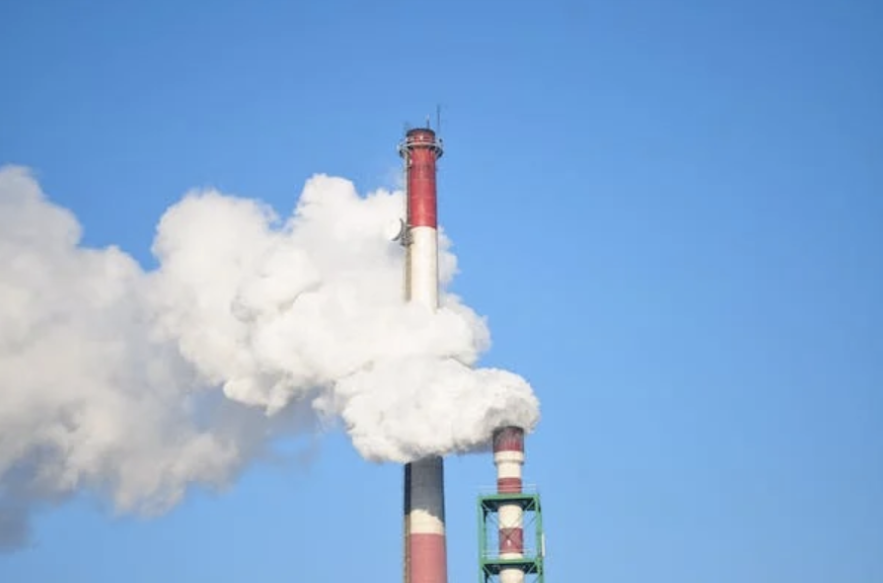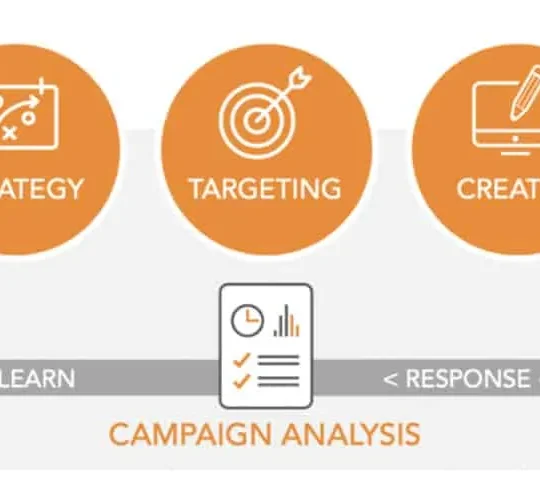 Carbon buying and selling is an entirely market-based machine designed to reduce emissions of greenhouse gases that contribute to global warming, primarily carbon dioxide, by developing an economic incentive to do so.
Carbon buying and selling is an entirely market-based machine designed to reduce emissions of greenhouse gases that contribute to global warming, primarily carbon dioxide, by developing an economic incentive to do so.
But how does this market work, and where does carbon offsetting fit in?
Table of Contents
What Is The Carbon Market?
Despite being defined as ‘a marketplace’, there are in truth a couple of markets for carbon buying and selling. Carbon credit which can be offered in a single marketplace won’t be legitimate in another.
The carbon buying and selling period is most often used to explain the compliance market that exists for carbon credit in a regulated system. These include the European Union Emissions Trading Scheme (EU ETS), the California Greenhouse Gas Control System, or the Regional Greenhouse Gas Initiative (RGGI) in the northeast United States.
These mandatory schemes require companies whose emissions exceed a certain threshold, or which operate in specific industries that include fossil fuel plants, to obtain an allowance, or credit, for each ton of carbon dioxide they emit annually.
Participants can also acquire a preliminary allocation of carbon credits for free or participate in a public auction to purchase them. Companies that eventually reduce their emissions can sell their additional carbon credits to others whose emissions have increased, thereby trading the carbon and developing a market.
Regulated carbon markets commonly exchange the best of their very own carbon allowances. The usage of carbon offsets in area of a share of the credit is allowed in a few schemes, if they agree to strict regulatory rules.
Where Does Voluntary Carbon Offsetting Fit In?
The different form of carbon marketplace is based on the introduction of carbon offsets. It may be offered with the aid of using any commercial enterprise, enterprise, or person to offset their very own greenhouse fuelling emissions on a voluntary basis.
The customers within the voluntary carbon marketplace are frequently businesses which have already carried out carbon discount plans to reduce emissions from their commercial enterprise as far as possible.
To achieve ‘0 emissions’, carbon neutrality, or different company social obligation (CSR) targets, they pick out to shop for carbon offsets from a scheme that has decreased or averted emissions elsewhere.
The dealers within the voluntary carbon marketplace are challenge builders who layout and put in force real-international carbon discount tasks according to the necessities of one of the voluntary preferred bodies. Each tonne of CO2 emissions averted may be offered as a carbon offset, compensating for a tonne of CO2 emitted elsewhere.
Because the voluntary marketplace is international and fragmented, many challenge builders promote offsets via a store or broker, who takes obligation for selling the offsets and locating customers.
What’s The Benefit of Buying Offsets on The Voluntary Market?
As a mandated player in an emissions buying and selling scheme, there may be little sustainability or CSR price to be received from compliance movements alone.
Anyone – commercial enterprise, non-profit, different enterprise or person – should purchase voluntary carbon offsets, despite the fact that they already function in an obligatory regulated marketplace.
Organizations who put money into voluntary offsets can exhibit their dedication to tackling international weather trade and minimizing their very own environmental impact, and are frequently perceived extra favourably with the aid of using green-minded consumers.







